

About the ARLOOPA App
The ARLOOPA app is an AR visualization tool that brings the physical and digital worlds together as one.
It places virtual content into your real environment, creating fantastic, interactive and valuable experiences.
Individuals use ARLOOPA to create or consume magical experiences.
Brands use ARLOOPA to grow their business with vibrant, immersive ads and promotions that drive innovation.
The app consists of the following sections – AR scanner, 3D Models Library, Feed, and Map, delivering content with the following 3 dimensions:
Scroll down to learn more.
See ARLOOPA in action
Click to see how the ARLOOPA app works
The best application of marker-based AR that bring everyday objects to life
Augmented Printed Materials
Deliver more information about your products and services, without crowding your printed materials with text and images.
Engaging Display Ads
Create interactive AR ads to crush customer apathy and rocket your sales.
3D Product Visualizations
Turn product catalogs, brochures or labels into sales channels that transport your products to your customers’ environment.
Interactive Textbooks
Display abstract information in the form of 3D models, making it easier for your students to understand the lesson.
Artworks to Experience
Artists can create new dimensions of art by connecting traditional art with digital one and show viewers what lies behind an artwork.
AR Clothing
Weaponize your clothing designs with interactive elements, helping your customers connect with your brand.
How Marker-Based AR Technology Works in the ARLOOPA App
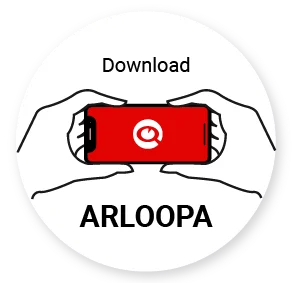
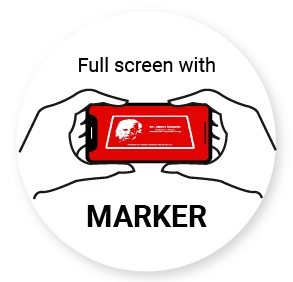
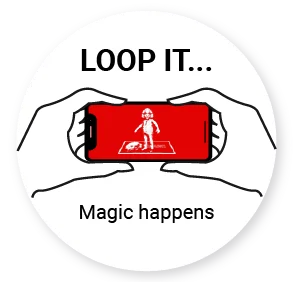
Our markers
You can download or print the markers, scan with ARLOOPA app to see the hidden content attached: video, 3D animation, etc.
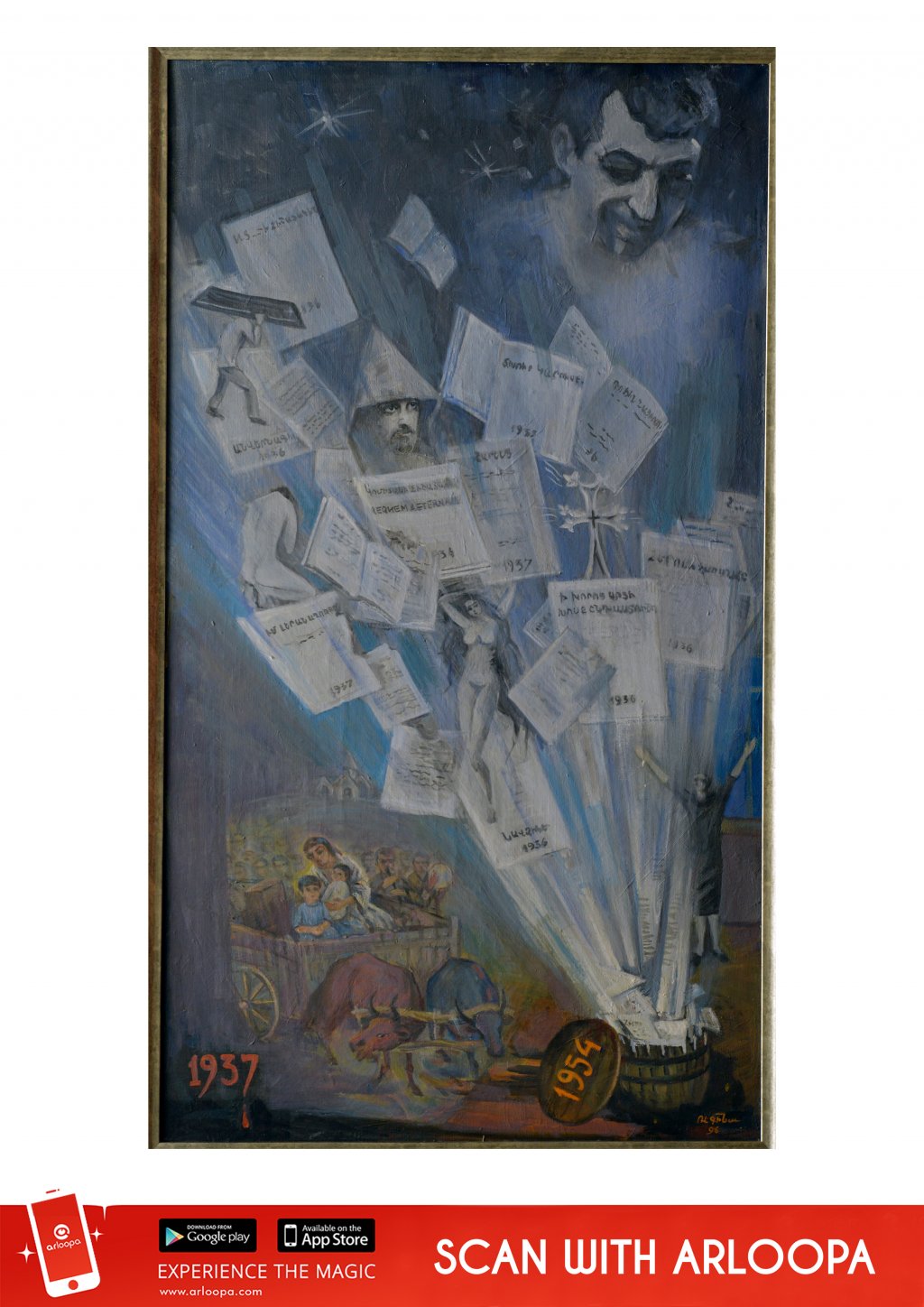
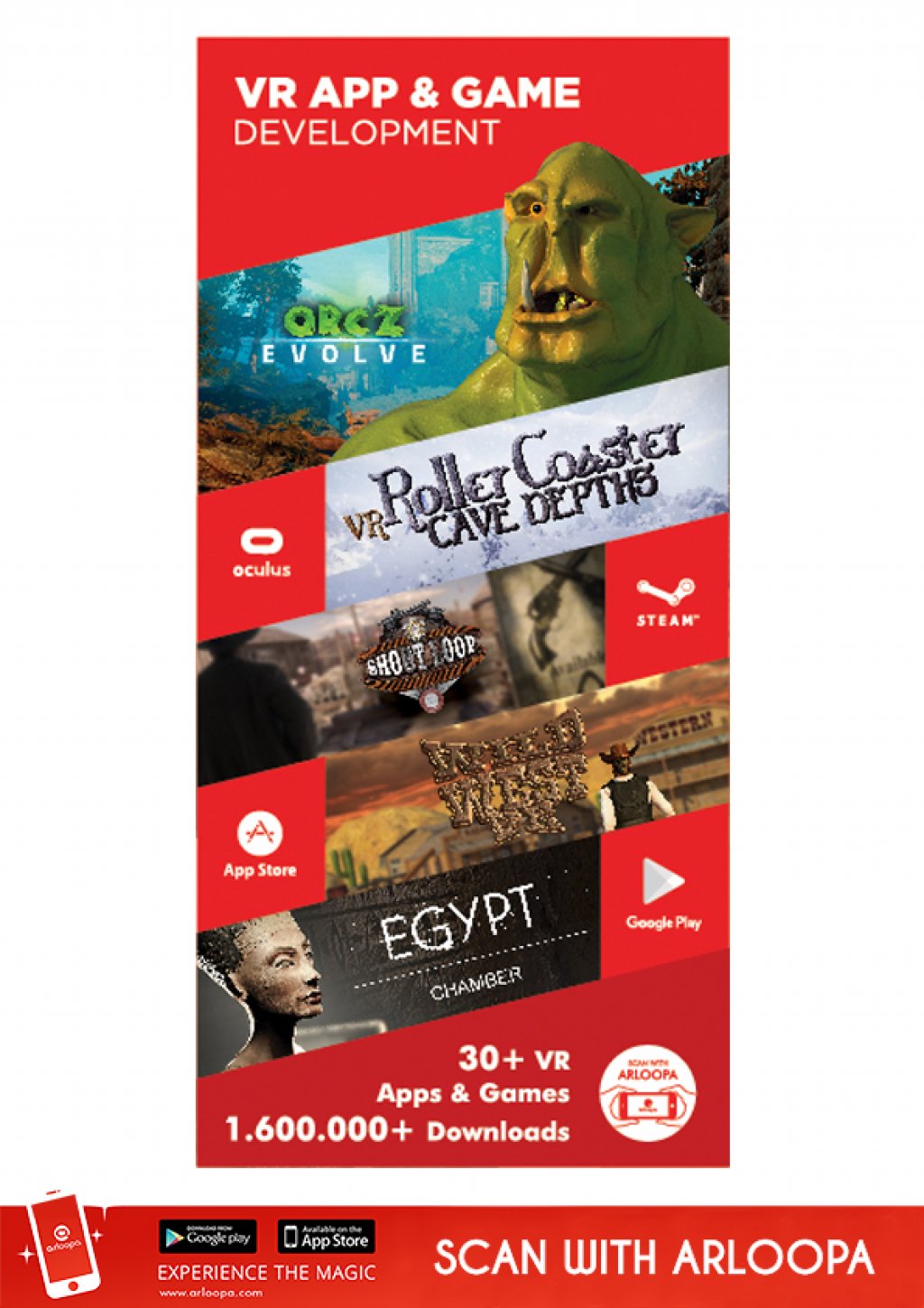
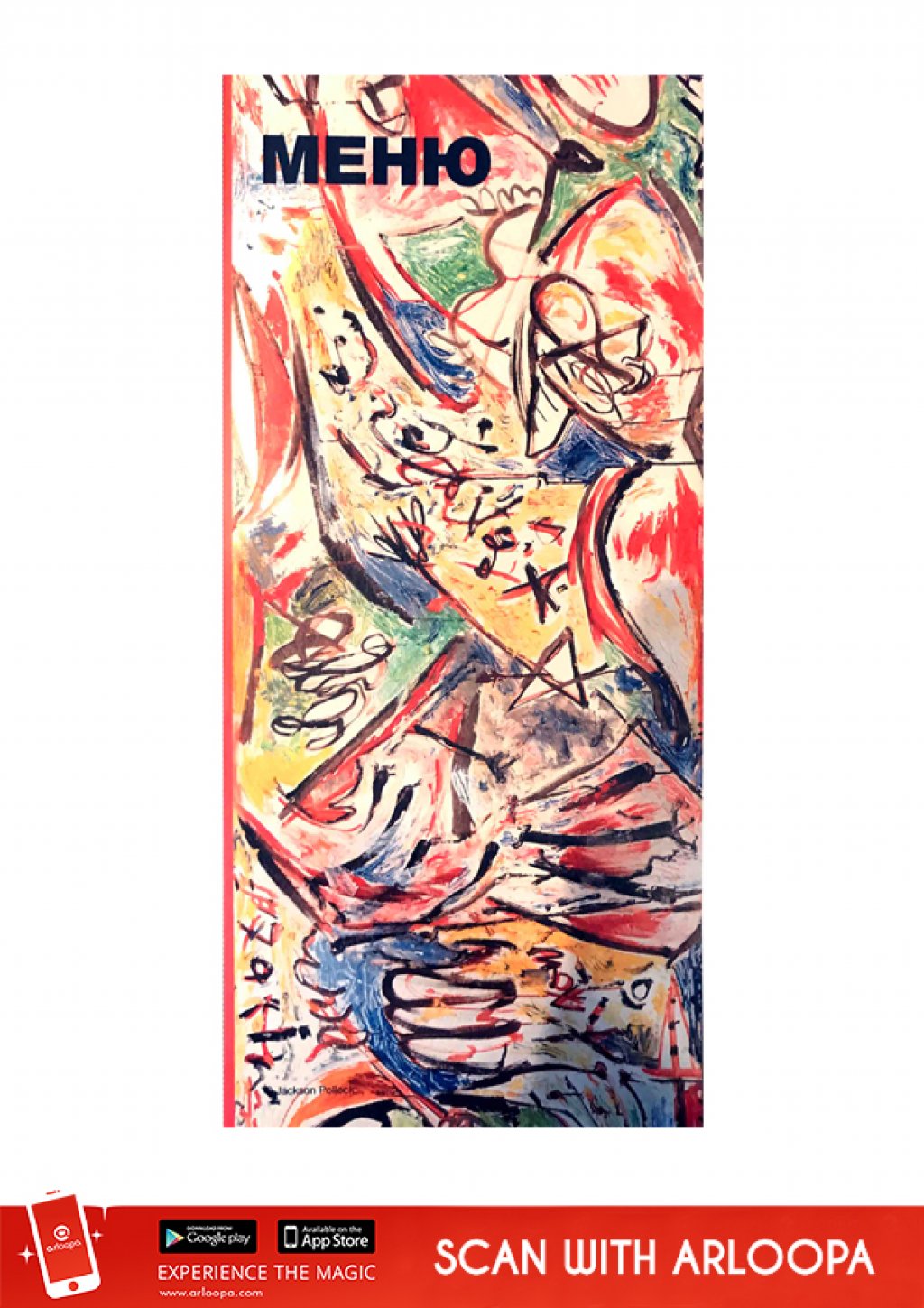
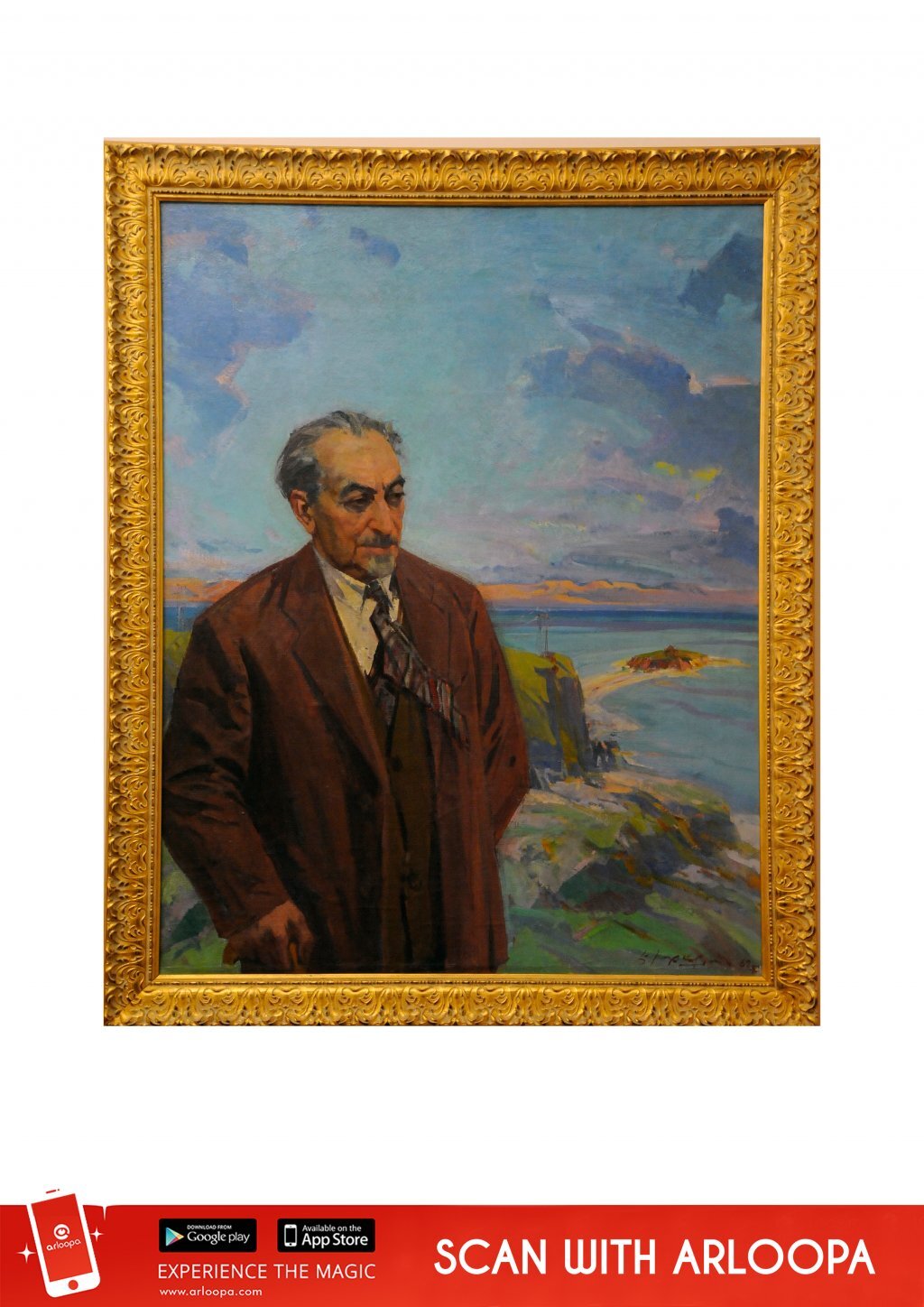
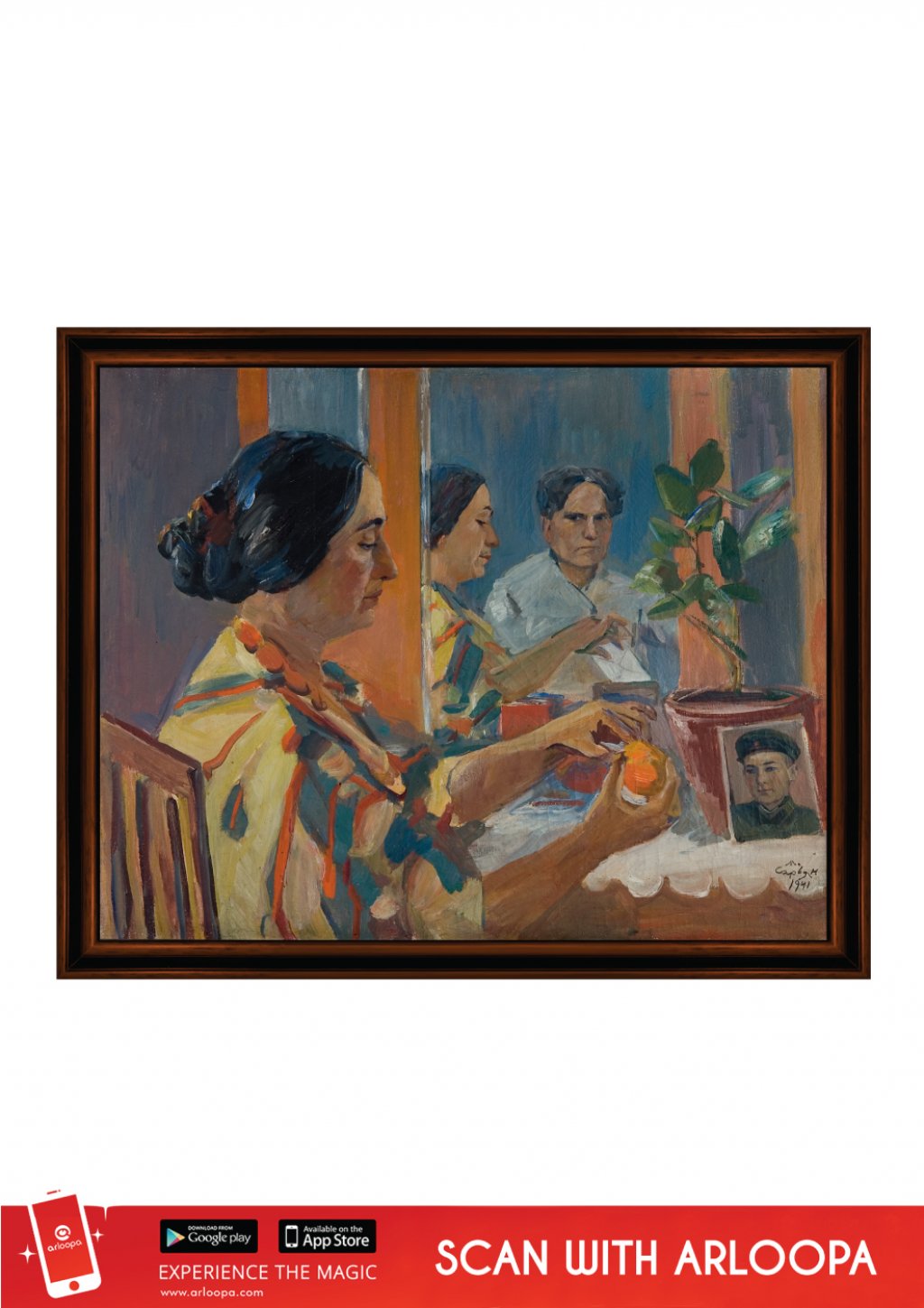
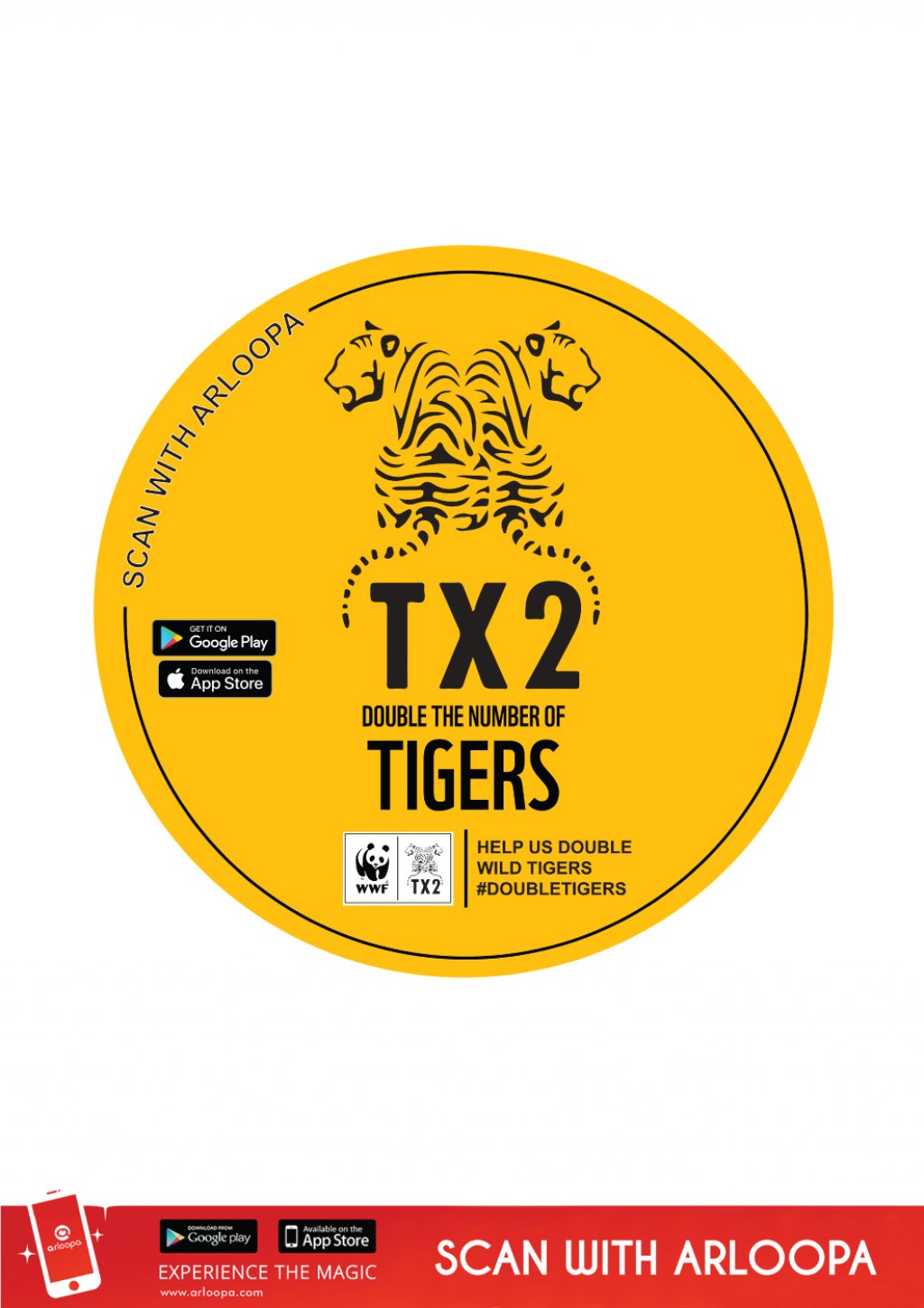

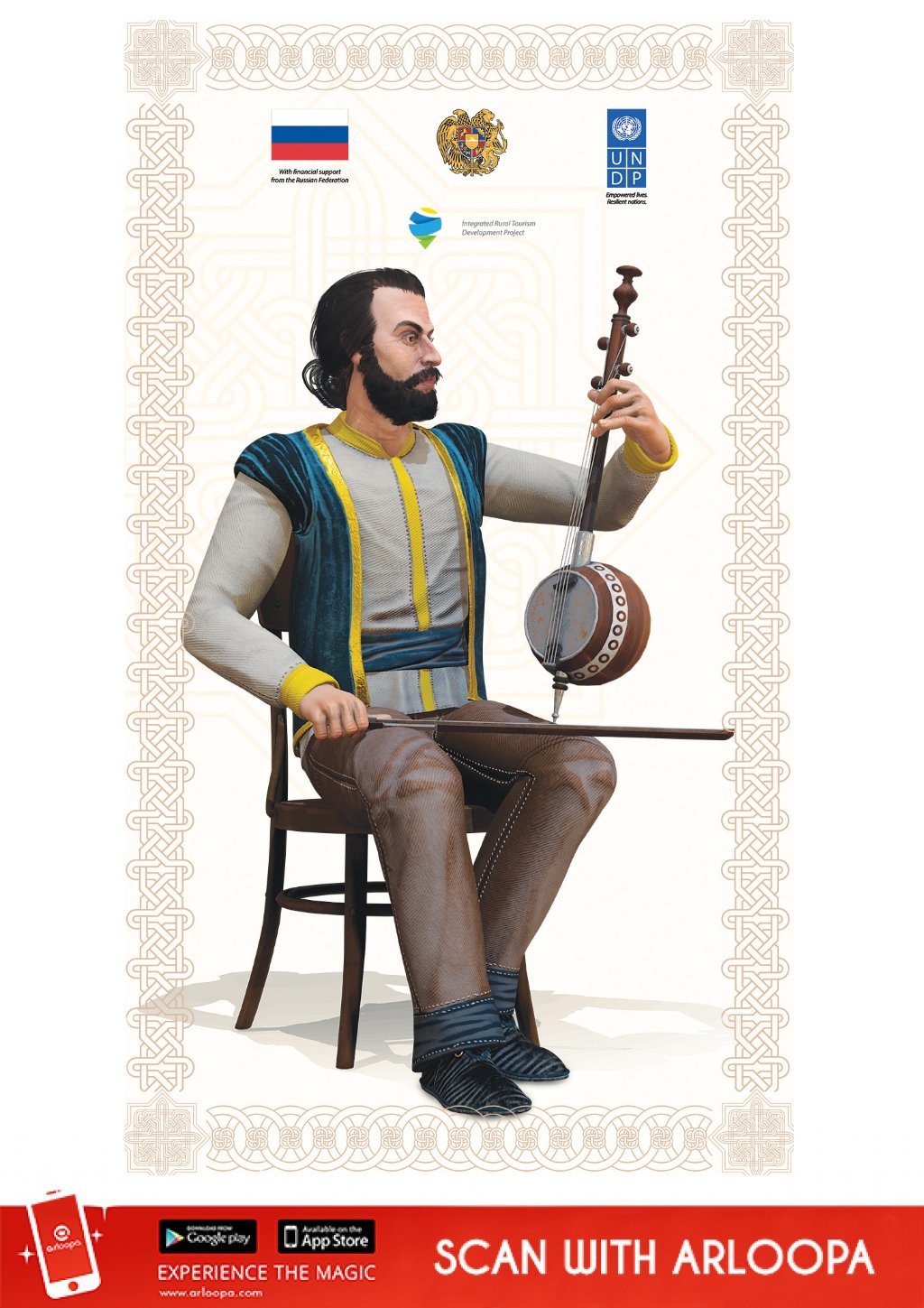


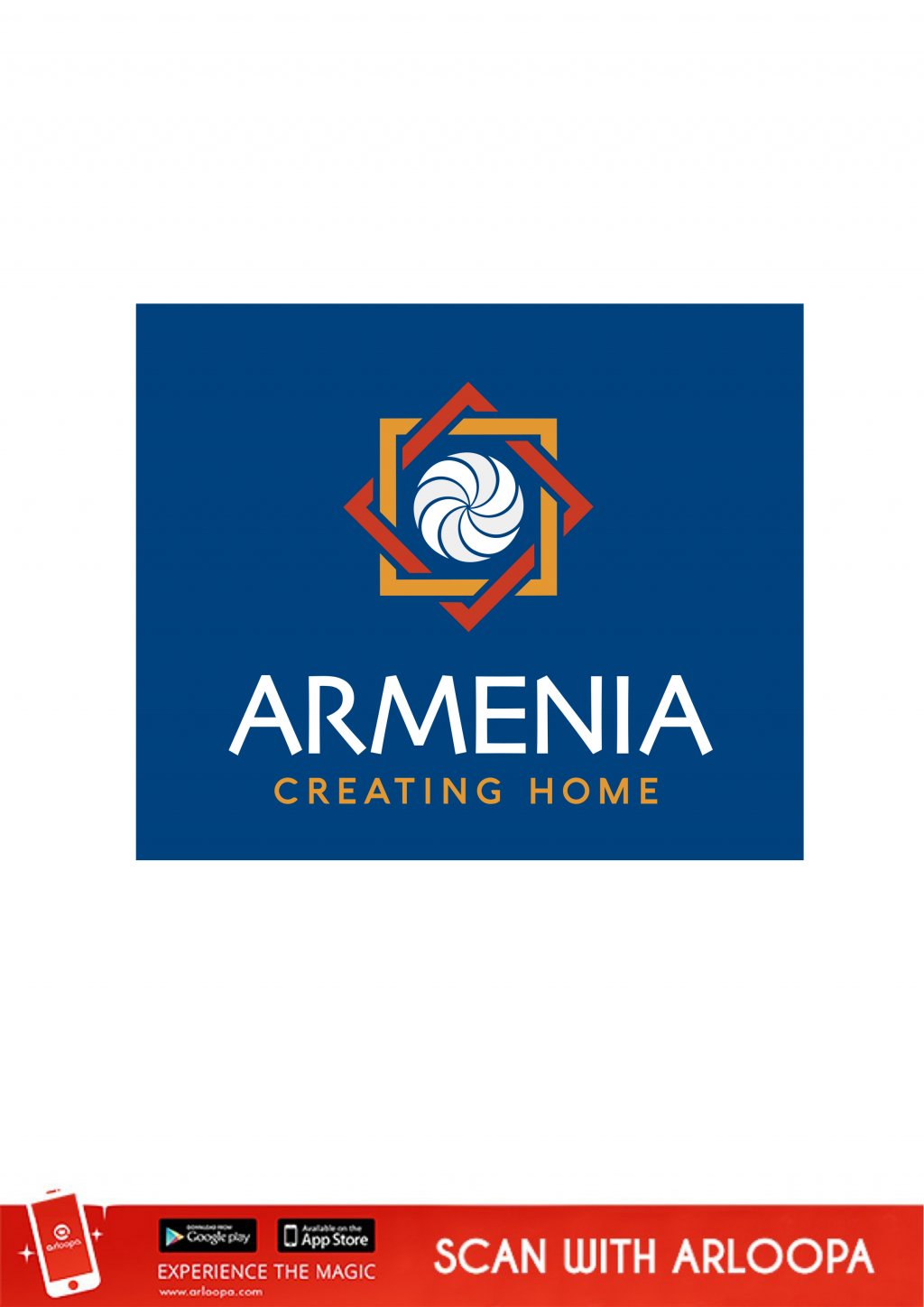
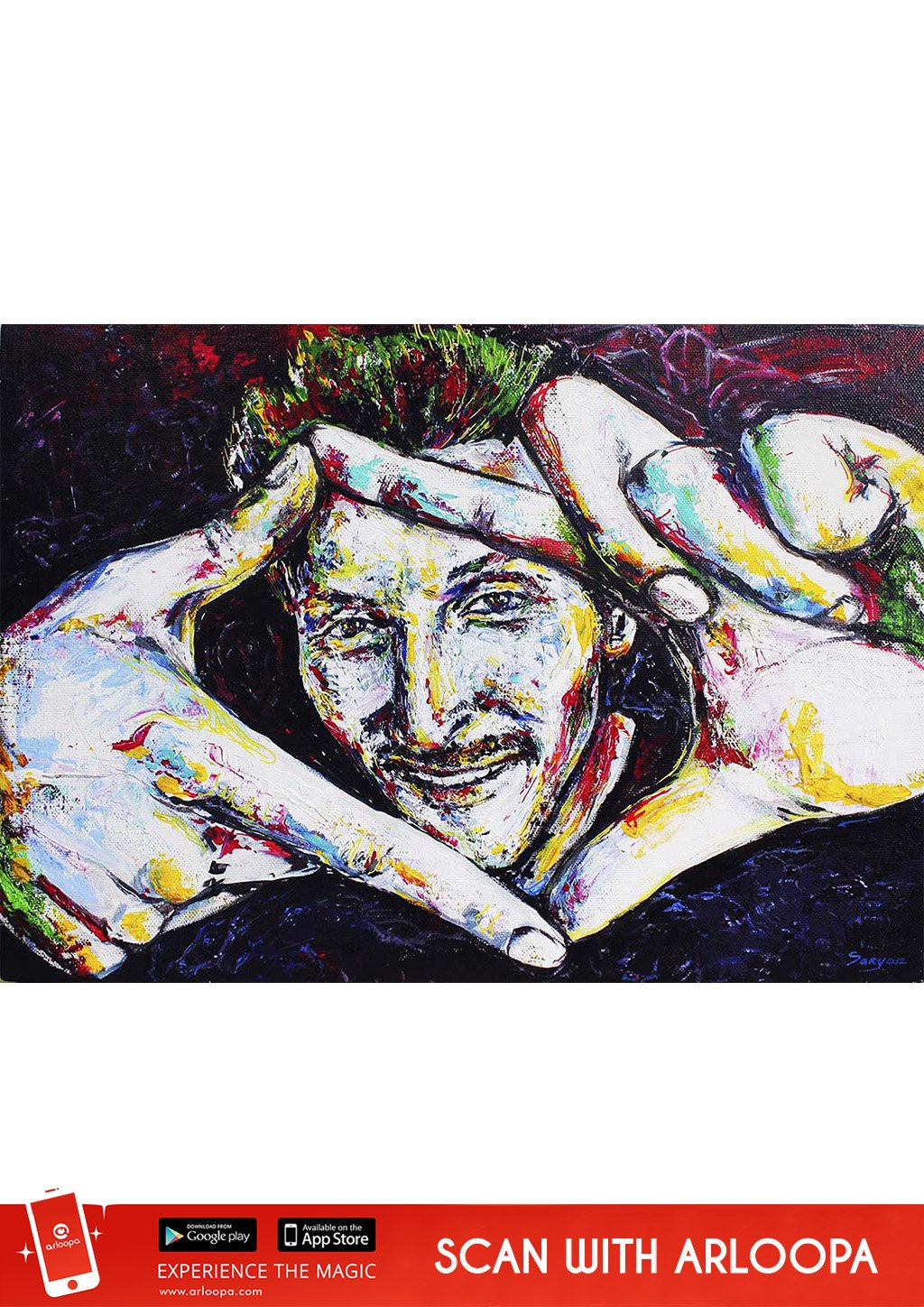
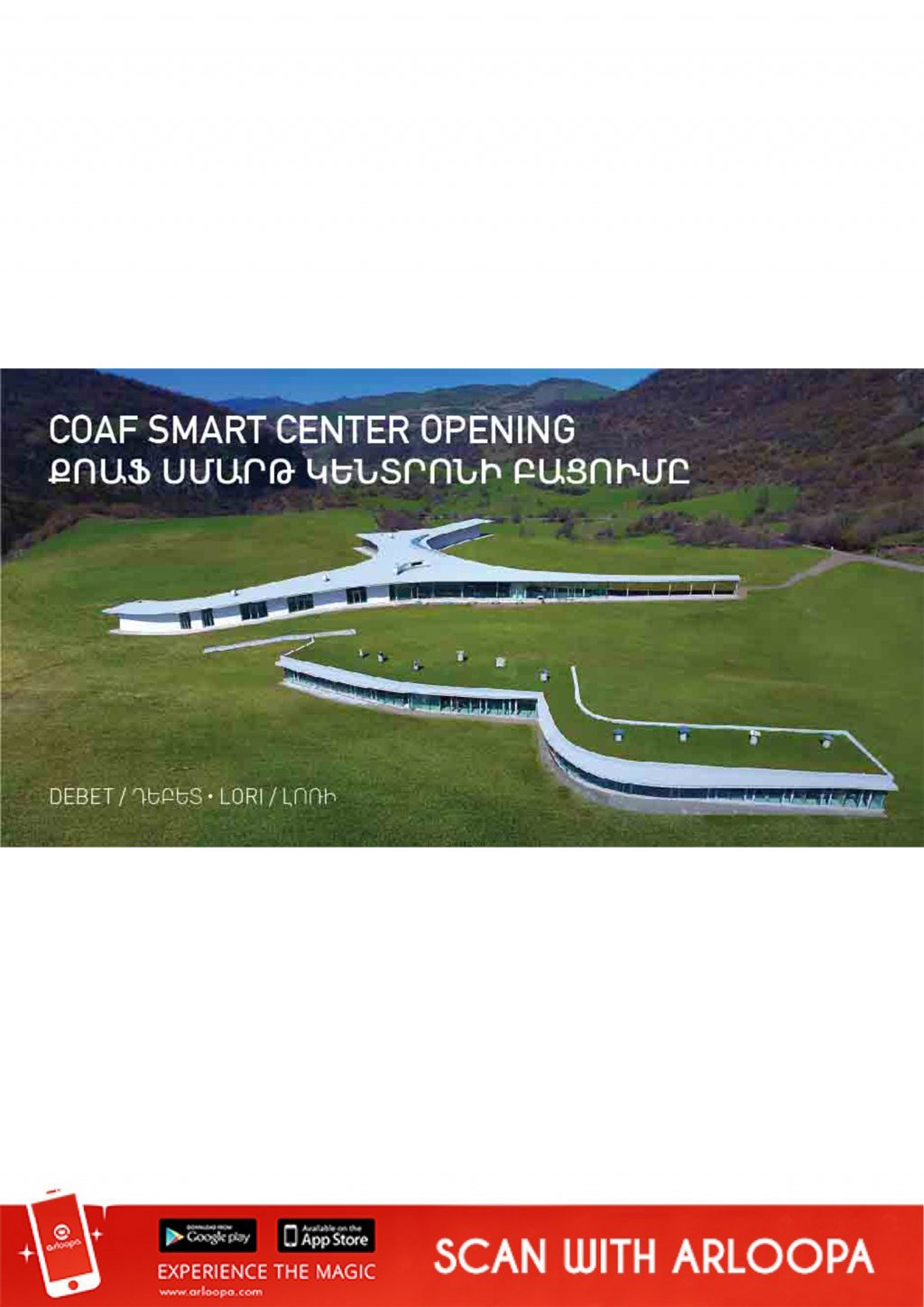


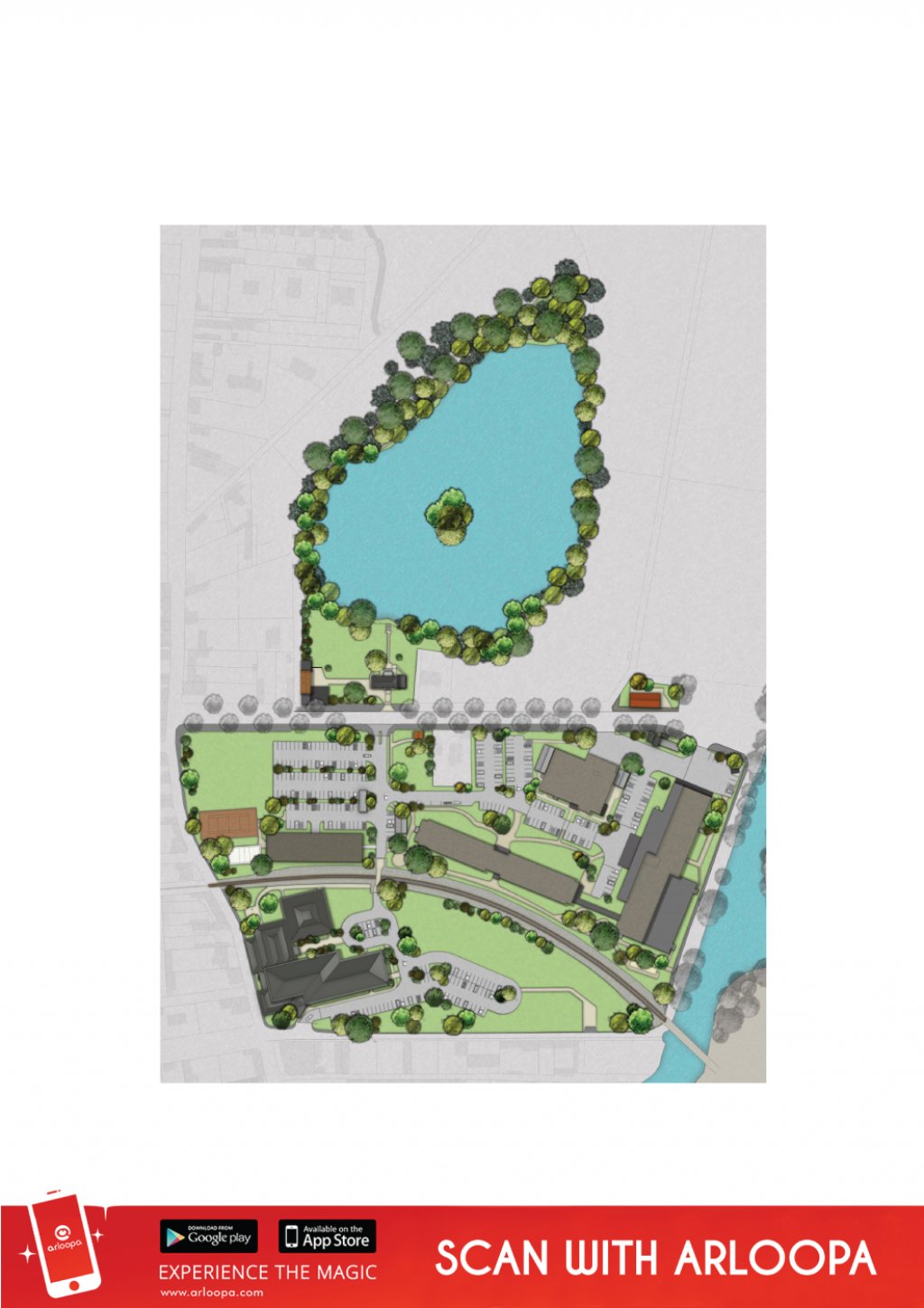


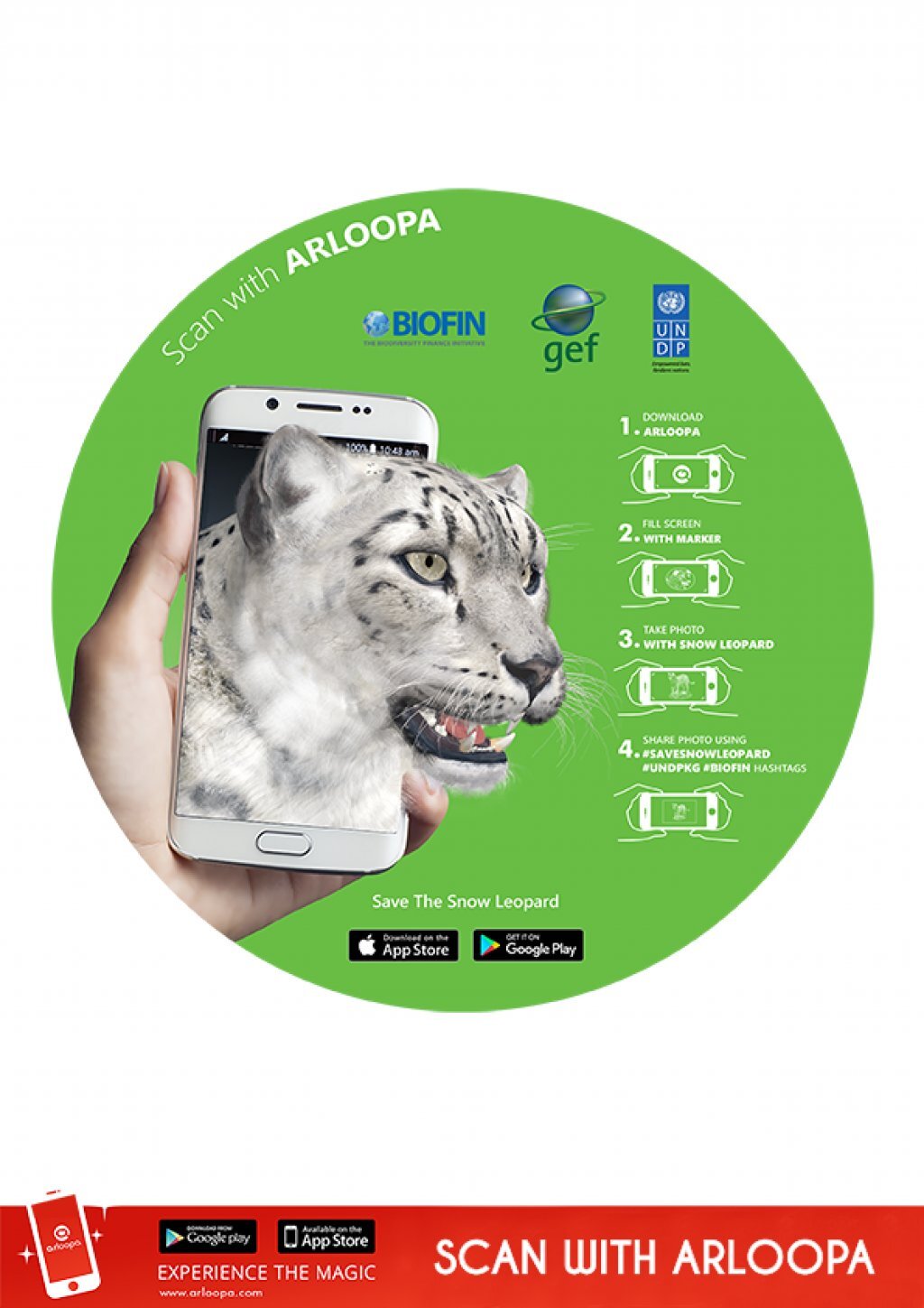


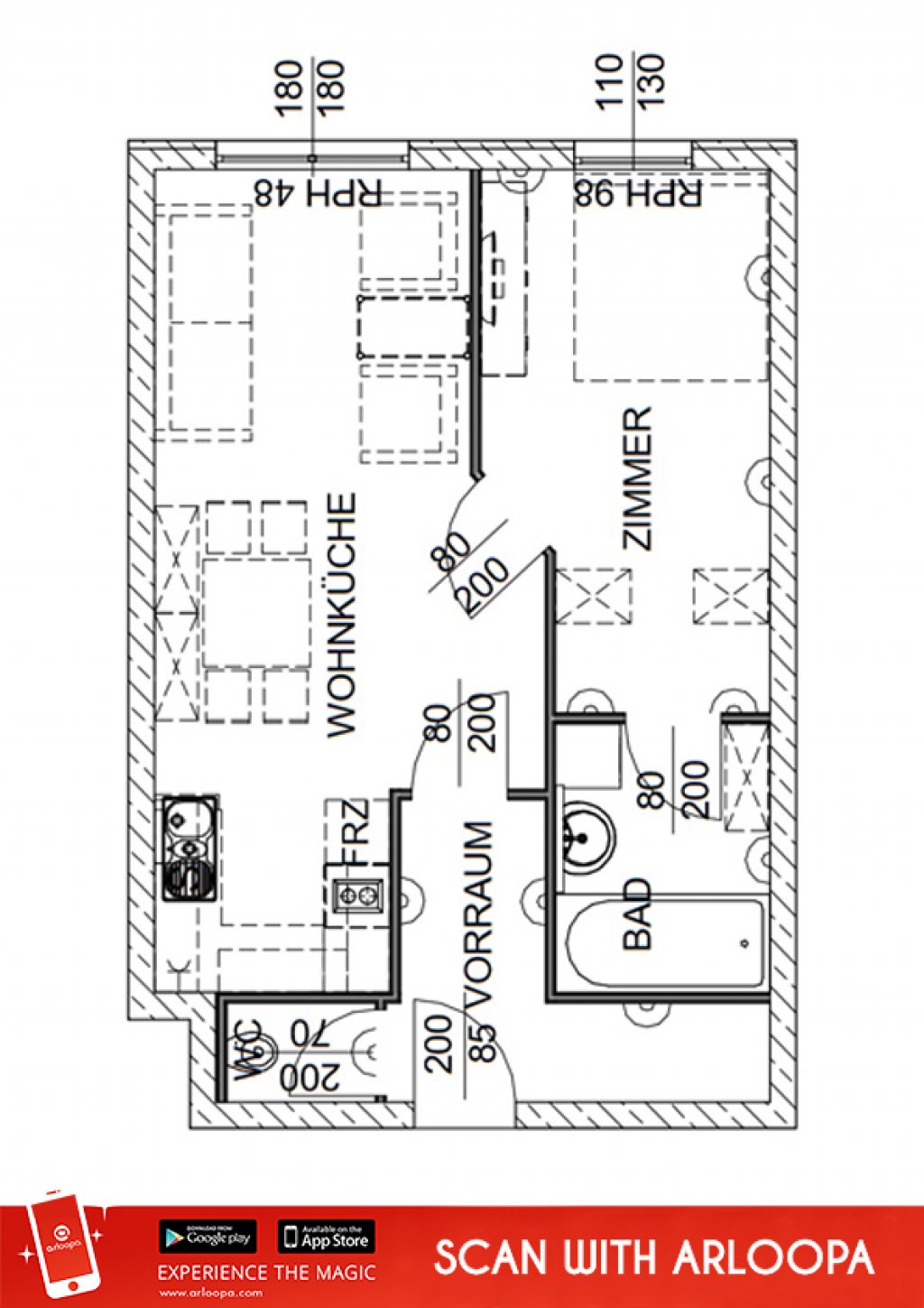
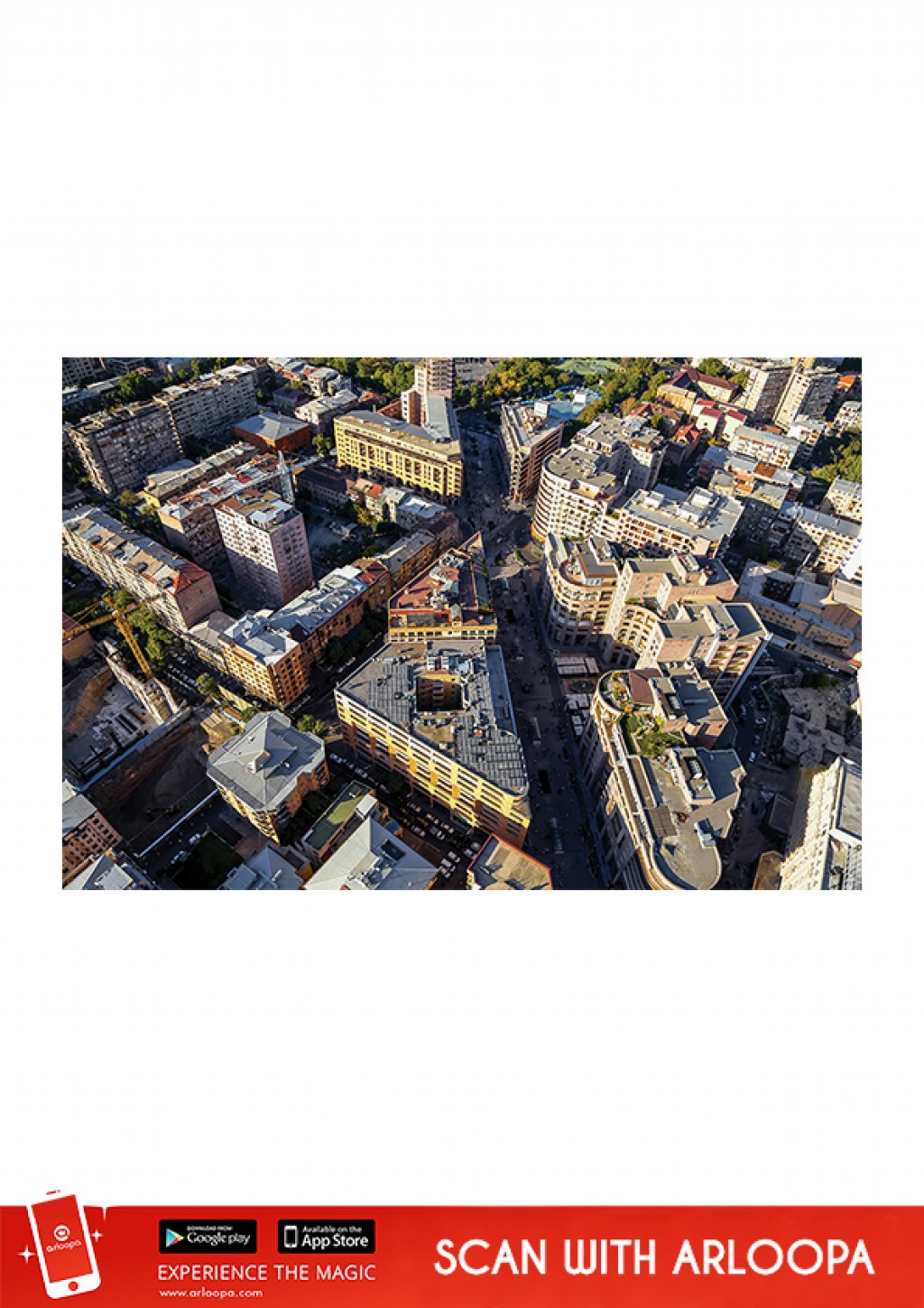
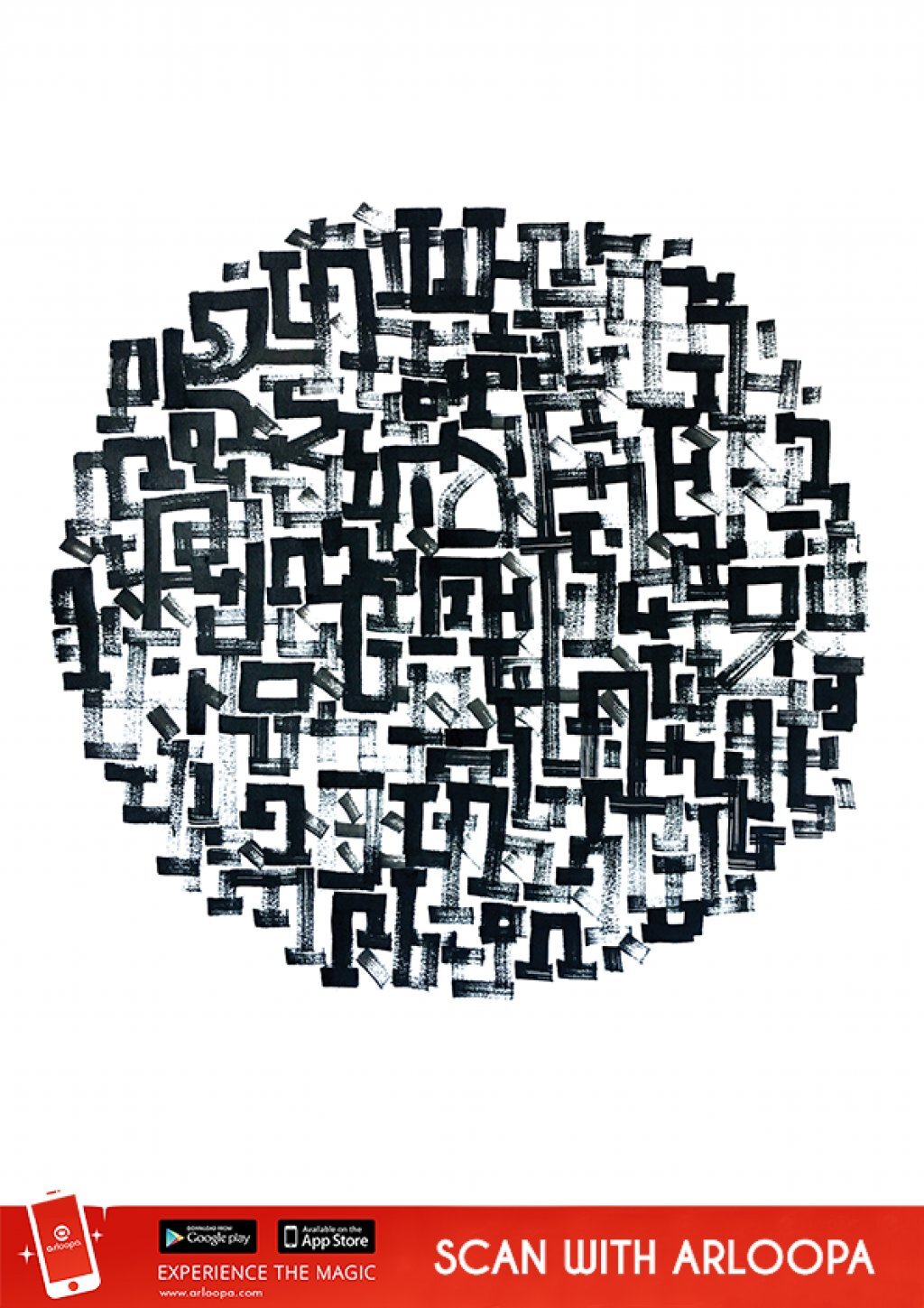


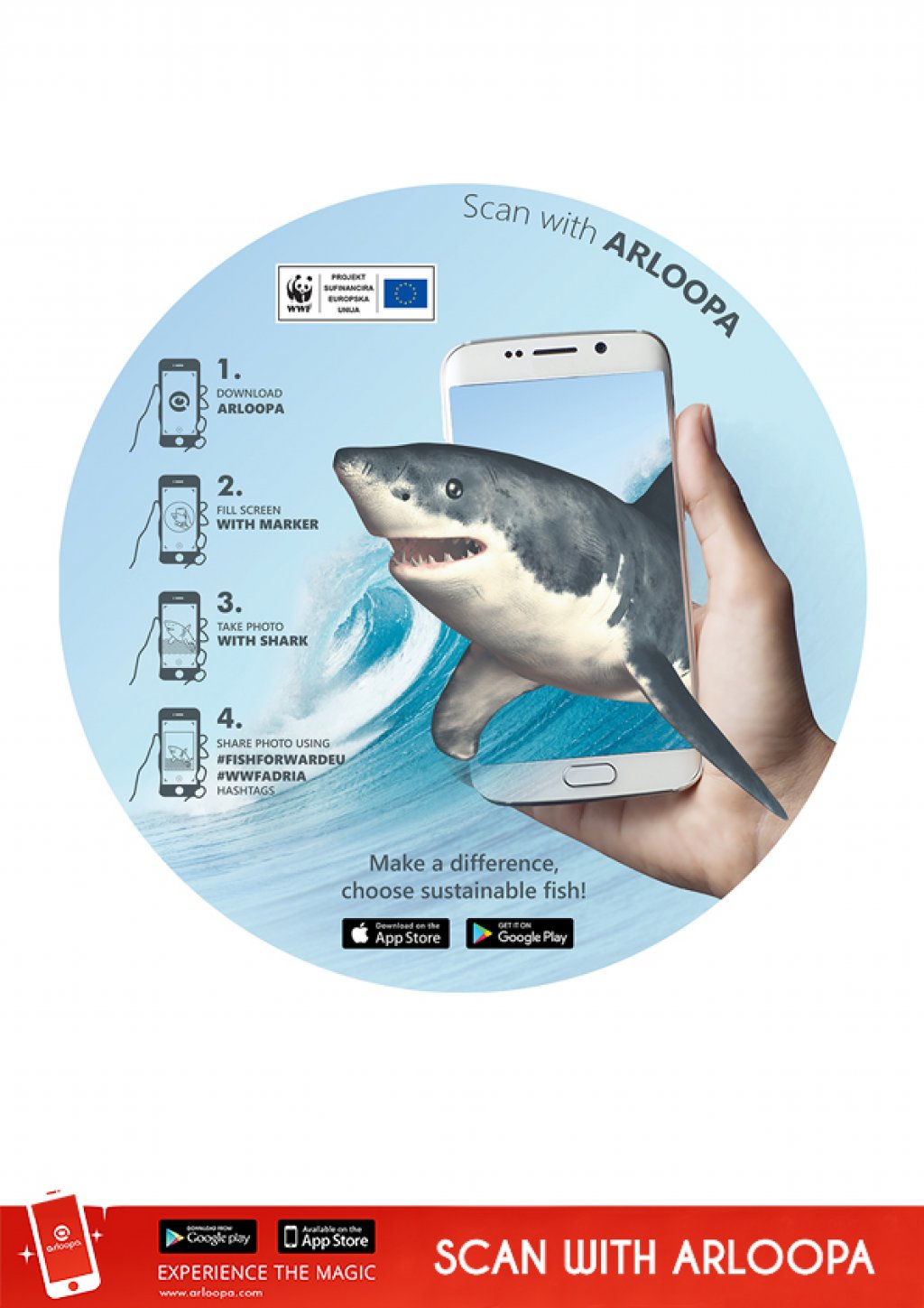
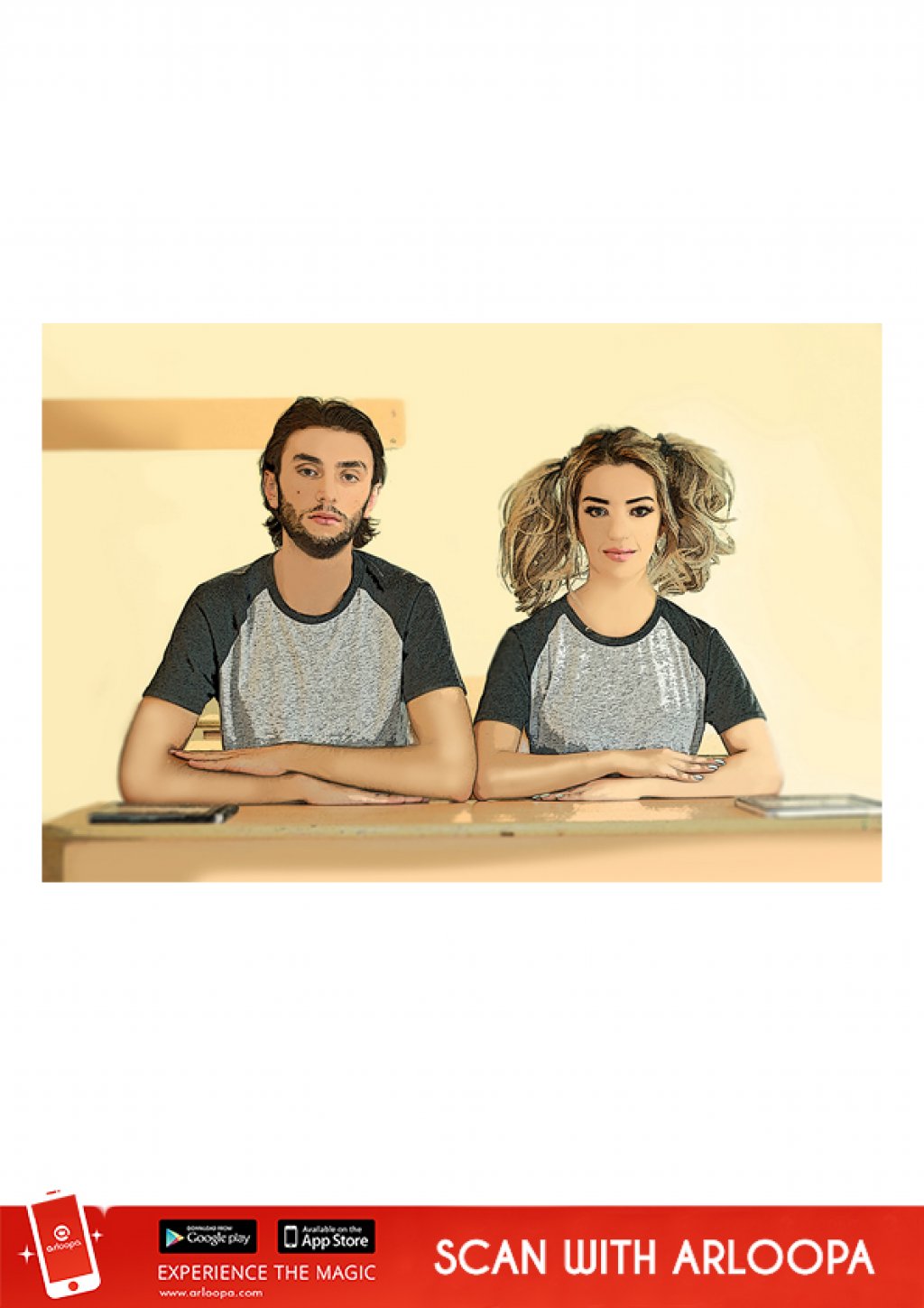



ARLOOPA Markers
Scan the markers with ARLOOPA from the screen or after printing
Popular application of markerless AR in various industries
Interior Design
Try furniture in your room before buying and make informed purchase decisions.
AR Portals
What if you could time travel to parallel realities to discover new places and unlock magical experiences?
Architecture Visualization
Take a tour of a building before it’s built by placing the 3D models of your conceptual design in your real environment.
Virtual Exhibitions
No need to carry massive products to trade fairs and expos. Use AR to make revolutionary product demos in 3D that easily steal the show.
Immersive Gameplay
Meet Pikachu in your living room, fight zombies pouring through your windows and make reality as fun as a gameplay.
Virtual Instructors
Imagine inviting a virtual instructor or a fitness couch to your home to teach you new skills.
3D Content Store
Place and monetize your 3D content with us, helping people create amazing AR experiences
Downloads
Happy Users

Models Purchased

Honors & Awards
The best use cases of location-based augmented reality
AR Tour Guides
Run multilingual virtual tours with digital guides attached to specific points of interest across the globe.
Interactive Quests
Organize interactive quests, treasure hunt games and other adventures to help your marketing campaign go viral.
Worldwide Exhibitions
Museums and artists can organize virtual art exhibitions anywhere in the world, taking art outside the museum to reach the masses.
Advertising Campaigns
Set up powerful advertising campaigns, instantly placing your ads at any spot on the globe.
AR Shopping Portals
Take your online store to your customers’ place with AR Portals, making it more convenient and irresistible to shop.
Meeting Famous People
3D avatars of famous people can appear in relevant locations and make meaningful connections with fans.
AR Content Across the World
Examples of AR content attached to specific locations in the real world
Frequently Asked Questions
What is marker-based augmented reality?
Marker-based AR implies the scanning of a particular image (marker) with the camera of your mobile device. The device recognizes the marker and displays the augmented reality content on top of it. For instance, this type of AR is purposefully used when we want to bring artworks to life from the same point as captured on the image, creating a smooth effect of revival. In order for a mobile device to accurately recognize the marker, the latter needs to have distinctive features and good enough contrast. Any image or object can serve as a marker, provided that it has sufficient unique visual points. The common examples include printed materials, such as logos, pictures, leaflets, brochures, posters and even cylindrical objects like bottles and cans, which require marker-based cylindrical AR tracking. With the help of extended tracking, the user can then move the marker around to a certain degree and the AR content will follow it, maintaining its orientation within a scene. In the Arloopa app, the user can also detach the AR content from the marker and place it anywhere in their environment, manually move it around and zoom in/out as needed.
What is markerless augmented reality?
With the emergence of advanced camera systems and more precise sensors in mainstream devices like Apple’s iPhone and Samsung’s Galaxy, AR has completed the transition from marker-based activations to markerless Augmented Reality experiences. Markerless AR tracking is easily the most effortless way of experiencing digital content via AR. As the name implies, the user does not need to scan any marker, but only needs to choose where to place the virtual content by simply hovering the device over a preferred surface, or even placing virtual objects to float mid- air. Markerless augmented reality is extremely useful for virtual try-on of clothing and accessories or retail product visualizations, allowing to try different combinations of items, styles, and sizes. Other uses range from education and training simulations, advertising, gaming to virtual art exhibitions.
What is location-based augmented reality?
Location-based augmented reality, also known as position-based and geo-based augmented reality, attaches AR content to a specific location. This means that in order to unlock the digital content, the user needs to be physically present at the particular location. In the Arloopa app, the location-based AR content can be discovered using the dynamic map. The pins on the map show the points where AR content is available. Once users arrive at the relevant locations and click on the pins digital content will be displayed in the real environment, completely marker-free. Location-based AR is especially convenient to use during events and in special venues, where the user’s presence is essential, such as concert halls or stadiums. Another popular use is virtual exhibitions that can be easily planned and organized anywhere in the world, with developers not leaving their desks.
How can I add my own markers to ARLOOPA?
You can create your own experience with the help of ARLOOPA STUDIO. The studio allows you to create marker-based AR, markerless AR, location-based AR or Web AR.
What does AR activation with the ARLOOPA app cost?
ARLOOPA offers Individual, Education, Business and Government packages designed around the number of markers to be used and amount of cloud data storage. The starting price per a month of activation is $14.99.
How long does it take to activate an experience with ARLOOPA?
The activation usually takes from seconds to a few hours depending on the content. If the content needs refining, it will take a bit longer, and if the content is completely ready for activation, the activation will naturally take less time.
I am an artist, can I develop content for the ARLOOPA app?
You are most welcome to develop and monetize your content with ARLOOPA. You can create your own experience with the help of ARLOOPA STUDIO. It is possible to show new dimensions of art by connecting traditional art with digital one, to organise virtual exhibitions, to hang your paintings on the walls and much more.
To cancel your ARLOOPA app subscription, open the Google Play Store on Android or the App Store on iOS and navigate to your account settings by tapping your profile photo or icon in the top-right corner. In the settings, find the section labeled "Subscriptions" or "Payments & Subscriptions," choose the ARLOOPA subscription in the list, and select the option to cancel.
+Contact Us